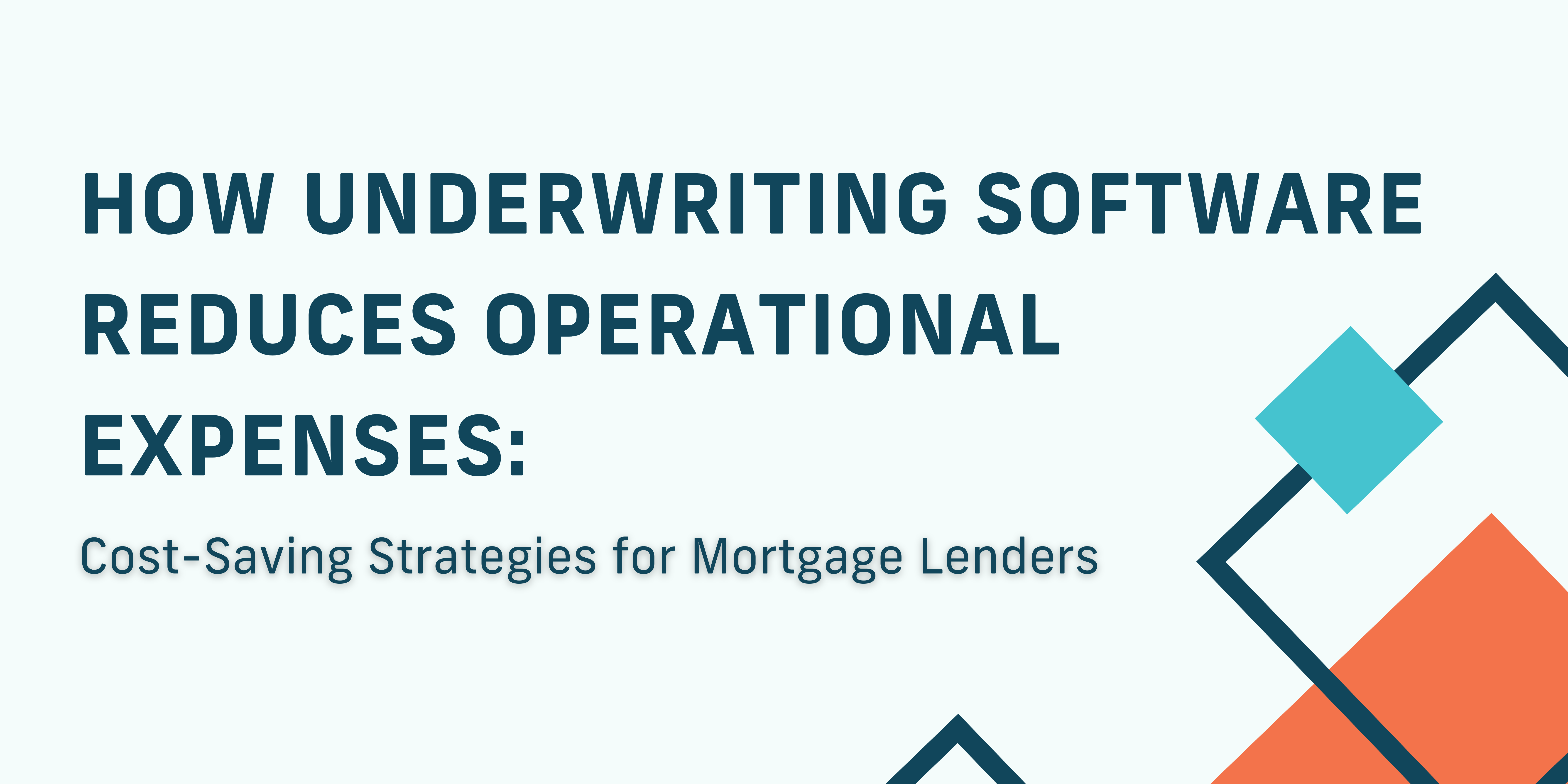How Underwriting Software Reduces Operational Expenses:
Cost-Saving Strategies for Mortgage Lenders
Operational efficiency is not just a goal, it’s a necessity for survival and growth when it comes to the mortgage landscape. One of the most significant leaps forward in achieving this efficiency is through the adoption of underwriting software. Automating the underwriting process doesn’t just enhance operational efficiency; it substantially reduces the operational expenses associated with the manual underwriting processes. Here’s a breakdown of how:
Streamlining Data Collection and Processing
Manual underwriting is a data-intensive process, requiring the collection, verification, and analysis of numerous documents. This not only consumes considerable time but also demands a large workforce. Automated underwriting software, on the other hand, streamlines these processes, rapidly collecting and processing data, significantly cutting down on the manpower needed and the time taken per application. The potential for cost savings is significant, as automating data processing can decrease the number of labor hours required and reduce errors that may otherwise result in expensive delays.
Reducing Turnaround Times
Time is money, more so in the mortgage industry than many other fields. The faster a loan is processed, the quicker it generates revenue. Automated underwriting software dramatically reduces the turnaround time for loan applications by using sophisticated algorithms to assess creditworthiness, property values, and other critical factors in a fraction of the time it takes a human. This efficiency not only leads to cost savings by improving the productivity of the workforce but also enhances customer satisfaction, potentially increasing referral business and reducing marketing expenses.
Minimizing Risk and Associated Costs
One of the most financially damaging occurrences for lenders is the approval of that did not meet product guidelines. Automated underwriting tools incorporate advanced risk assessment algorithms that can more accurately predict default risks based on a comprehensive analysis of applicant data and larger market trends. By reducing the incidence of loan defaults, underwriting software directly contributes to cost savings, safeguarding against significant financial loss.
Enhancing Compliance, Avoiding Penalties
Compliance with ever-evolving regulatory requirements is a major concern for lenders, as non-compliance can result in hefty fines. Automated underwriting systems are designed to stay updated with the latest regulations, ensuring that all processed loans are in compliance. This capability not only reduces the risk of financial penalties but also decreases the need for additional costly compliance resources, further reducing operational costs.
Operational Cost Analysis
An in-depth operational cost analysis will typically reveal that the initial investment in underwriting software can be recouped relatively quickly through the various avenues of cost savings outlined. By reducing labor costs, enhancing processing speed, minimizing loan default rates, and avoiding compliance penalties, lenders can realize significant long-term savings, making automated underwriting software not just a strategic operational improvement but a sound financial decision.
In conclusion, the adoption of automated underwriting software represents a pivotal shift in how mortgage lenders approach the loan processing cycle, heralding a new era of efficiency and cost-effectiveness. As technology continues to advance, the role of automated underwriting in driving operational efficiency and reducing costs will only grow, underscoring the critical importance of embracing these innovations for lenders aiming to thrive in today’s market.




